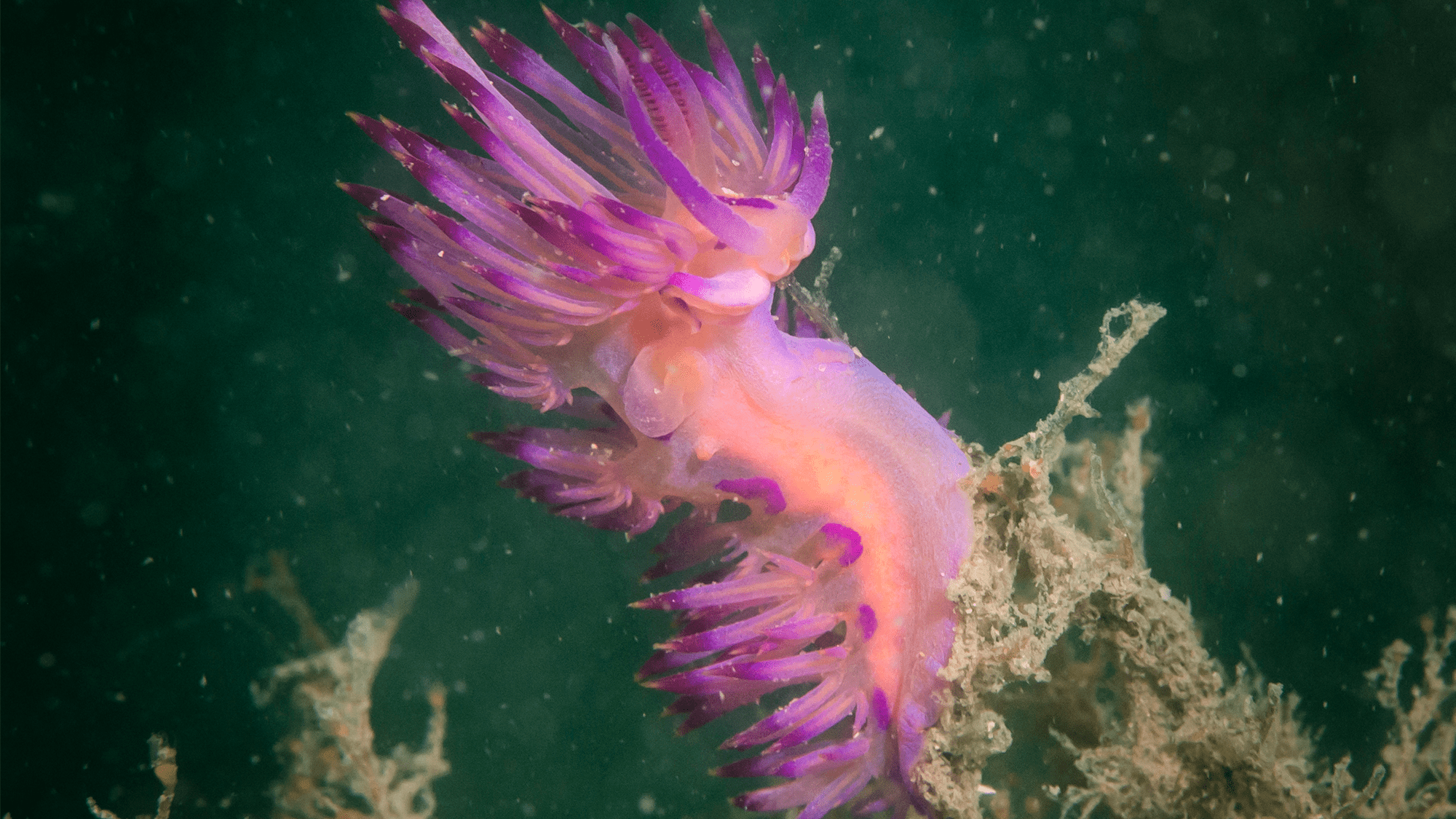Now Reading: Sea Slugs Tap Solar Energy to Display Vibrant Colors
-
01
Sea Slugs Tap Solar Energy to Display Vibrant Colors
Sea Slugs Tap Solar Energy to Display Vibrant Colors

Speedy Summary
- Study Focus: Research on sea slug coloration conducted by the University of Queensland, analyzing 45 eastern Australian species.
- Key Findings:
– Luminous, contrasting color patterns are used by toxic sea slugs to signal predators during the day.
– Poisonous signals become stronger in daylight and help deter predators.
– Nocturnal sea slugs tend to have less vivid coloration due to reduced reliance on predator visual cues at night.
- Methodology: Special cameras and software simulated predator vision; researchers identified color pattern fingerprints correlating with activity times (day or night).
- Defensive Strategy: Bold appearances educate predators about toxicity and reduce attack risks during daylight hours.
- Significance of Brightness: Daylight aids in amplifying visual defense mechanisms, enhancing survival chances for daytime-active species like Goniobranchus splendidus with known chemical defenses.
Images:
Caption: Coryphellina rubrolineata’s stinging cells function both day and night. Credit: Cedric van den Berg.
Caption: A panel of dorsal shots featuring all examined species. Credit: Cedric van den berg.
Caption: Another commonly active species seen during both day and night. Credit: Louise forster.
caption: Known for bold patterning and chemical defenses active in daytime. Credit: Cedric van den Berg.
caption: A nocturnal slug mimicking soft coral surroundings perfectly at night. Credit: Cedric van den Berg.
For further details, Read More here!
Indian Opinion Analysis
India’s rich marine biodiversity along its coastline makes this study highly relevant as it highlights an evolutionary tactic used by marine creatures against predation-one that might be observable in local aquatic ecosystems too.Sea slugs could serve as a captivating model organism for understanding how environmental factors like light influence defensive adaptations among India’s marine life forms, especially given threats from overfishing and habitat disruption in domestic waters such as the Bay of Bengal or Arabian Sea regions.
Moreover, research such as this underscores the importance of preserving coral reefs and associated habitats where intricate ecological relationships unfold daily-even among visually striking yet often overlooked organisms like sea slugs whose survival tactics contribute uniquely to marine ecosystems’ balance worldwide-including India’s coastal zones if similarly explored rigorously for native analogues aiding expansion-linked conservation science dialogues locally























